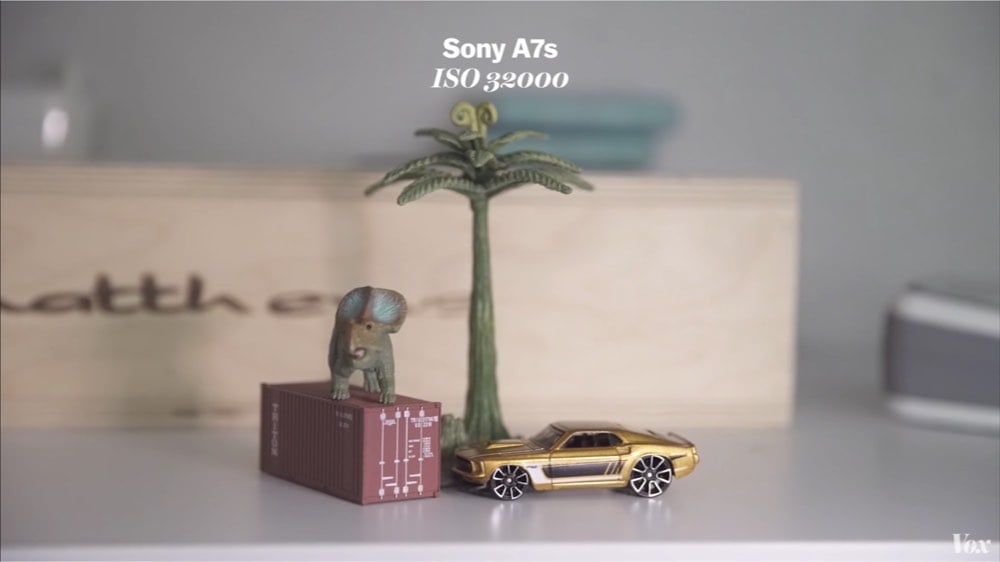Night Time Lapse of the Milky Way from an Airplane Cockpit
Sales Wick is a pilot for SWISS and while working an overnight flight from Zurich to Sao Paulo, he filmed the first segment of the flight from basically the dashboard of the plane and made a timelapse video out of it. At that altitude, without a lot of light and atmospheric interference, the Milky Way is super vivid.
Just as the bright city lights are vanishing behind us, the Milky Way starts to become clearly visible up ahead. Its now us, pacing at almost the speed of sound along the invisible highway and the pitch-black night sky above this surreal landscape. Ahead of us are another eight hours flight time, but we already stopped counting the shooting stars. And we got already to a few hundred.
I watched this twice already, once to specifically pay attention to all the passing airplanes. The sky is surprisingly busy, even at that hour. (via @ozans)
Update: Several people asked if this was fake or digitally composited (the Milky Way and ground footage shot separately then edited together). I don’t know for sure, but I doubt it. The answer lies in the camera Wick used to shoot this, the Sony a7S. It’s really good in low-light conditions, better than many more expensive professional cameras even. As the last bit of this Vox video explains, the camera is so good in low light that the BBC used it to capture some night scenes for Planet Earth II. Here’s a screen-capped comparison at 6400 ISO from that video:

And the full scene at 32000 ISO:

That’s pretty amazing, right? Wick himself says on his site:
I had to take many attempts and a lot of trying to figure it out. Basically the challenge is to keep shutter speed as fast as possible in order to get razor sharp images. While you can use the 500 or 600 rule on ground this doesn’t work out the same way while being up in the sky. Well of course basically it does if you dont fly perpendicular to the movement of the night sky but even if its really smooth there are usually some light movements of the aircraft. So depending on the focal length of your lense you can get exposure times between 15” to 1”. Thats why you will need a camera that can handle high iso. Thats where the A7s comes into play and of course a ver fast lense. The rest is a good mounting and some luck. Last but not least you need to keep the flight deck as dark as possible to get the least reflections…and the rest is magic ;)





Stay Connected